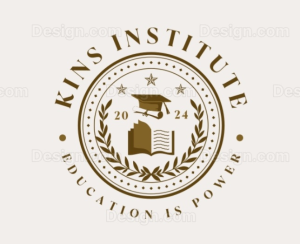Description of Structures in a Diploma Course
A diploma course typically follows a well-organized academic structure designed to provide foundational and practical knowledge in a specific field. The course is usually divided into semesters or terms, each covering a set of core subjects, electives, and practical/laboratory sessions.
The structure of a diploma course generally includes:
-
Duration: 2 to 3 years (depending on the country and program)
-
Credit-based system: Students must complete a certain number of credits to graduate.
-
Modules/Subjects: Divided into theoretical and practical components.
-
Assessments: Continuous evaluation through assignments, internal assessments, and final exams.
-
Industrial training/internship: Many diploma courses include a mandatory training period in industry.
-
Project work: A final-year project helps students apply their learning to real-world problems.
This structure ensures a balanced approach, combining academic theory with practical skills to prepare students for employment or further studies.
- Teacher: isaac kipchirchir
